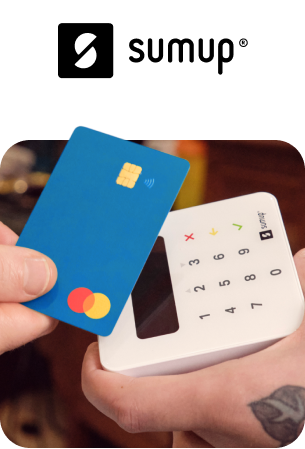Starling Banking Services
Starling Banking Services
The tech behind some of the most successful UK financial services.
Check your eligibility
Investment Platforms

Merchant Payments

International Payments

Treasury and Payouts
To find out more about our services, read our recently published articles here:
Allow your customers to receive payments with:
Indirect access to FPS
Real-time transactions
Cloud-native payments
Working for you in the background:
Zero downtime
Ongoing support
100% API based
Quick onboarding
How we do it:
Security of a bank, agility of a fintech
Experience unbeatable bank-grade security and fintech agility. We’re rewriting the playbook for payment clearing and cash management, setting a new industry standard.
No legacy, no limits
Leveraging cutting-edge technology to access the Faster Payment rails, we ensure you get the best of both worlds; trust and expertise from a fully-licensed bank, coupled with the innovation of a fintech.
API-native
First UK bank to offer Faster Payment access through APIs; we’re built in the cloud with RESTful APIs that can be integrated into any existing platform, or used to build new products while ensuring you remain compliant.
Innovation unleashed
By using our API, you’re cutting out intermediaries and optimising your cost base. One simple solution, with one banking provider – for all of your payment needs.
Supercharge your payment flow, with bank-grade security and reliability
Check your eligibility now
Looking for a full-service SaaS Banking platform?
Build and launch financial products on the platform that powers Britain’s Best Current Account.